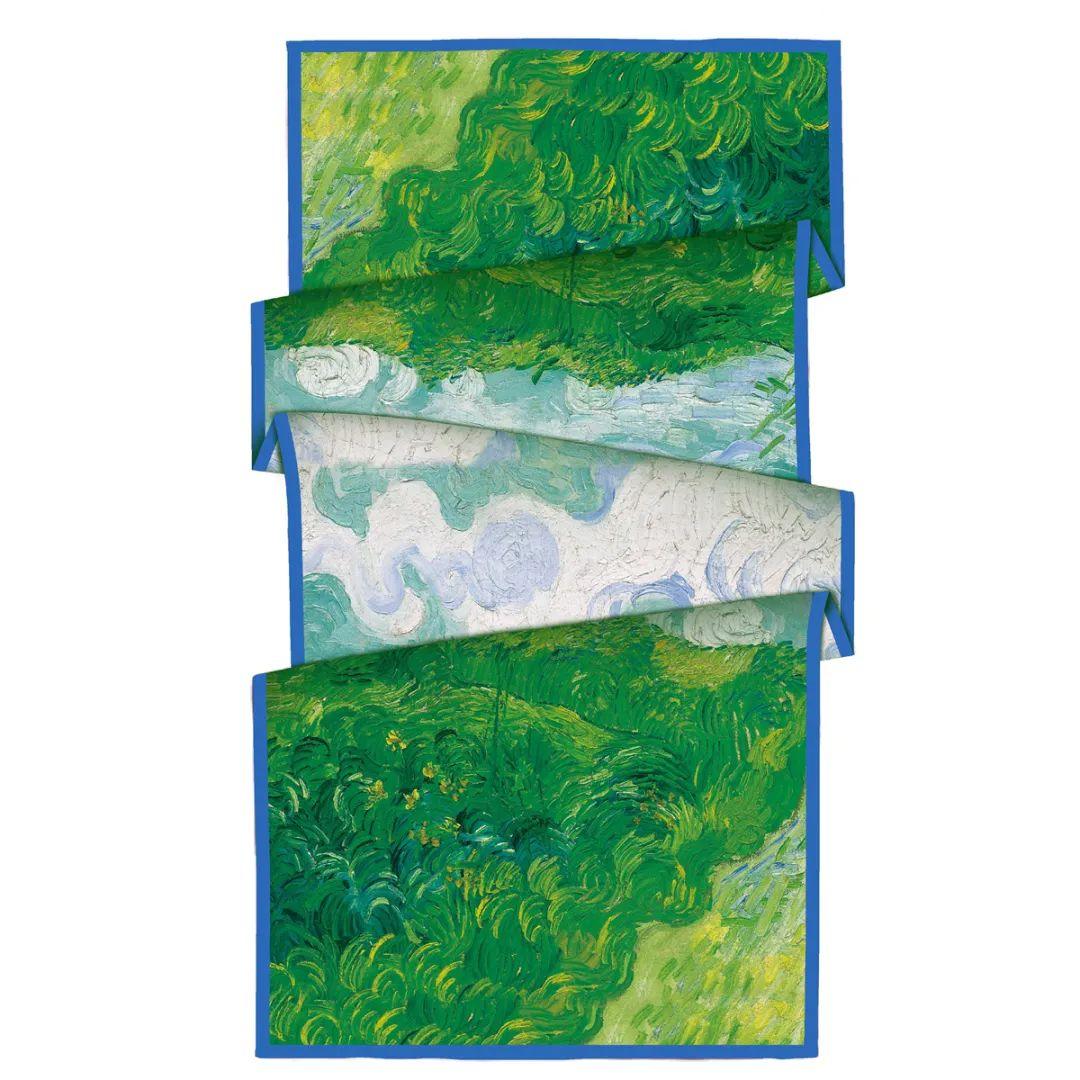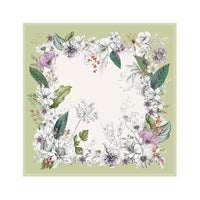Van Gogh's Wild Roses: A Visual Ode to Life and Resilience
Vincent van Gogh, one of the most iconic figures of the post-impressionist movement, left behind a rich legacy of paintings that express his complex emotional and psychological states. Among these, Wild Roses stands out not only as a beautiful depiction of nature but also as a profound exploration of life’s fragility, strength, and beauty. Painted during the later years of van Gogh's life, this work encapsulates his inner struggles and enduring fascination with the natural world, reflecting his deep connection to both nature and his own emotional turmoil.

The Creative Context: Art as Solace in Turmoil
Wild Roses was created in 1889, during one of the most turbulent periods of van Gogh's life. At this time, he was staying at the Saint-Paul-de-Mausole asylum in Saint-Rémy-de-Provence, having suffered numerous mental breakdowns and struggles with his mental health. Despite his personal battles, van Gogh continued to find solace in nature, with the garden at the asylum becoming a critical source of inspiration. Wild, unmanicured roses thriving despite the harsh conditions around them seemed to embody resilience—something that deeply resonated with van Gogh’s own emotional and spiritual state.
Nature, with its raw beauty and untamed energy, offered van Gogh a means of expressing his feelings in a way that words could not. The vibrant wild roses, which had endured the elements and flourished on their own terms, became metaphors for van Gogh's own perseverance in the face of personal suffering. In these roses, van Gogh found an outlet for his creative energy and a way to express both his struggles and his deep connection to the natural world.
Artistic Style and Techniques: The Power of Color and Brushwork
Wild Roses is an exemplary piece of van Gogh’s characteristic style, marked by bold, expressive color and energetic brushwork. In this painting, van Gogh captures the untamed beauty of the wild roses with striking, almost tactile brushstrokes, a hallmark of his work. The roses are rendered with vivid, contrasting colors—deep reds, pinks, and whites—set against a rich, earthy backdrop of greens and blues. This dynamic use of color not only adds vibrancy to the piece but also emphasizes the vitality and life force of the flowers themselves.
Van Gogh’s brushstrokes are expressive and vigorous, creating a sense of movement and life. Unlike the smooth, polished technique employed by many of his contemporaries, van Gogh's use of short, thick strokes gives the painting a textured, almost sculptural quality. This technique imbues the wild roses with a tactile, almost palpable presence, inviting the viewer to engage with the painting on a sensory level. The roughness of the brushwork mirrors the rawness of the roses, unrefined by human intervention, echoing van Gogh’s own emotional intensity.
Moreover, van Gogh’s mastery of light and shadow plays a critical role in the composition. By using contrasting colors and light effects, he adds depth to the scene, creating a sense of volume and three-dimensionality. The interplay of warm and cool tones enhances the visual impact of the piece, drawing attention to the wild roses as the central focus, while simultaneously creating a vibrant background that complements their energy.
Symbolism and Emotional Resonance: Resilience, Freedom, and Hope
More than just a depiction of flowers, Wild Roses is a reflection of van Gogh's philosophical and emotional insights into life. The roses, growing freely in the garden, represent van Gogh’s admiration for resilience and the capacity for beauty to emerge from adversity. Despite the difficult conditions they face, the wild roses bloom, stubborn and beautiful—much like van Gogh himself, who struggled through immense personal and mental suffering but continued to create powerful, moving art.
The roses’ wildness also symbolizes freedom, a theme that was central to van Gogh’s thinking. He often sought liberation from the constraints of conventional society, yearning to express himself fully, regardless of the emotional cost. The image of the roses flourishing on their own terms, in the open fields and free from cultivation, reflects this longing for independence and authenticity.
Additionally, Wild Roses represents hope—a recurring theme in van Gogh's work. Despite the overwhelming sense of isolation and despair that often permeated his life, he found beauty and meaning in nature. In the wild roses, van Gogh saw not just a physical flower but an enduring symbol of life’s potential for growth, transformation, and renewal. Even as he faced his darkest moments, he remained captivated by the beauty and vitality that nature had to offer, and through painting, he shared this hope with the world.
Legacy and Influence: A Timeless Tribute to Nature and Life
Wild Roses holds a special place in van Gogh’s body of work, standing as a testament to both his artistic mastery and his emotional depth. It is a poignant exploration of nature’s beauty and resilience, but also a reflection of van Gogh’s own struggles and triumphs. Through his signature bold brushstrokes and vibrant color palette, van Gogh has created a visual poem that transcends time, inviting viewers to reflect on their own relationships with life, resilience, and hope.
This painting, like many of van Gogh's works, continues to resonate deeply with viewers today. It serves as a reminder of the power of art to convey complex emotions and philosophical truths, even in the most challenging of times. Through Wild Roses, van Gogh offers a vision of nature that is as untamed and free as the human spirit itself, and through this work, we are reminded of the importance of beauty, hope, and resilience in our own lives.
Van Gogh’s Wild Roses is not just a portrayal of nature; it is an invitation to experience life in all its fragility, complexity, and magnificence. By painting the wild roses, van Gogh captured a moment of profound personal meaning and shared with the world a vision of life that transcends the hardships of his time.






